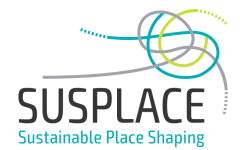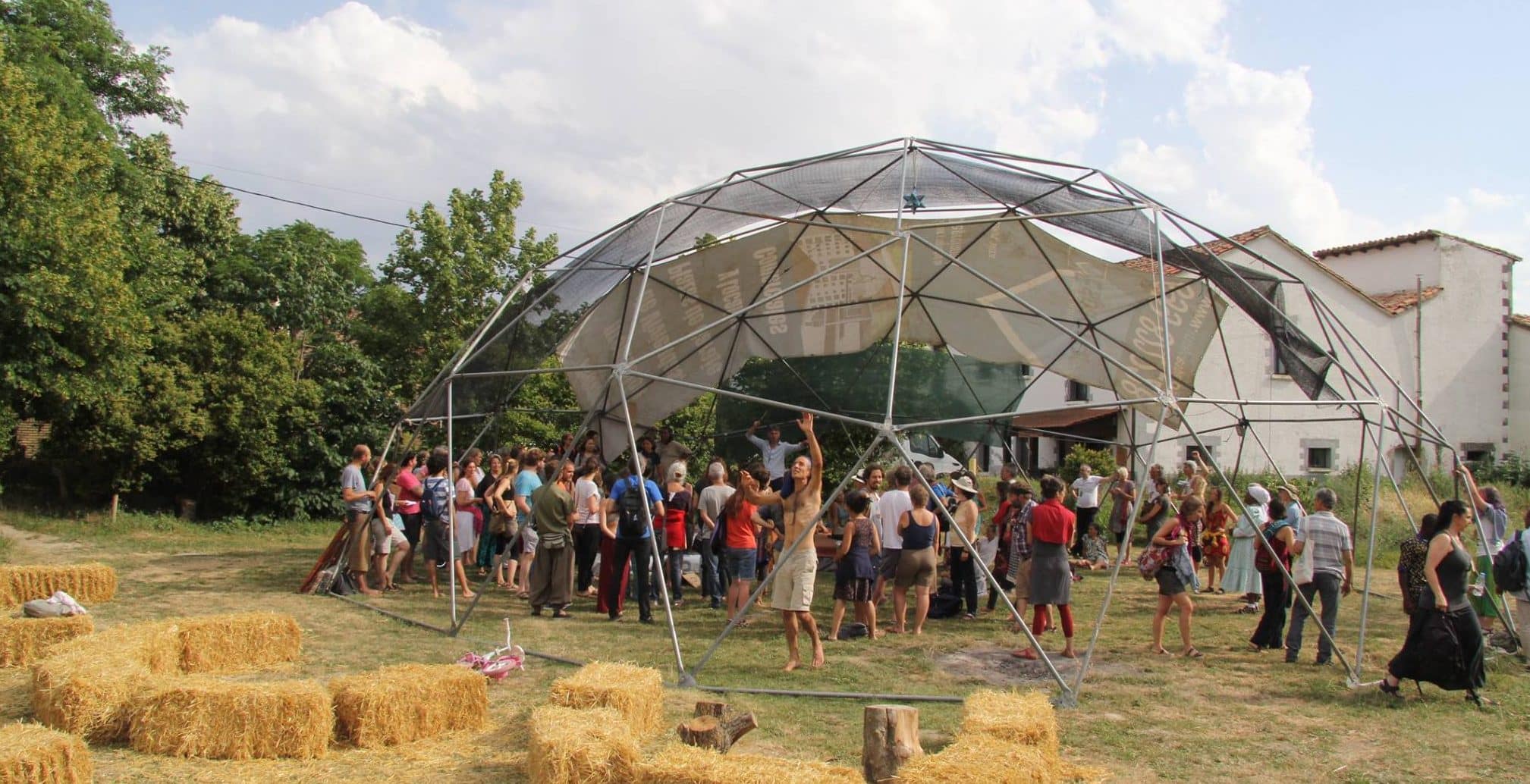
By Siri Pisters
Last week I attended the yearly conference of the Global Ecovillage Network (GEN) – Europe in Arterra Bizimodu, a young community in Navarra, Spain. Arterra Bizimodu inhabits an old monastery in a sleepy, rural village in the beautiful yet dry and quite deserted Spanish country side.
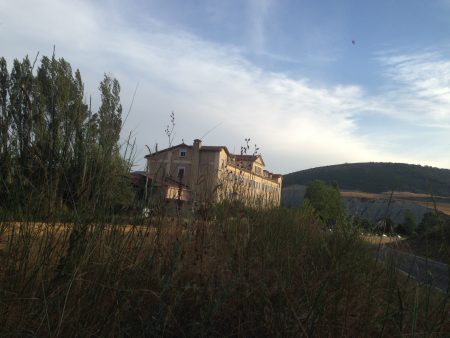
This young community hosted over 200 participants for a week. Most participants came from Europe, but also people from North and South America, Africa, Asia and Australia attended the conference. Among the participants, there were those coming from eco-communities themselves, others who are thinking of or in the process of creating one, many supporting ecovillages and various forms of sustainable living on both personal and professional levels, quite a number of researchers, older people, young people, children and everything in between.
Every morning started with a plenary session, which served to connect everyone to each other and to the purpose, values and energy of the GEN movement, and to update each other on what’s going on within the network globally. The plenary sessions were followed by two rounds of workshops, each addressing a range of diverse topics including social and spiritual development, the response of GEN to the refugee crisis and an urban resilience project. Parallel to the workshops, expositions and demonstrations on new technologies and (permaculture) practices were organized and meetings were held among several working groups and sub groups.
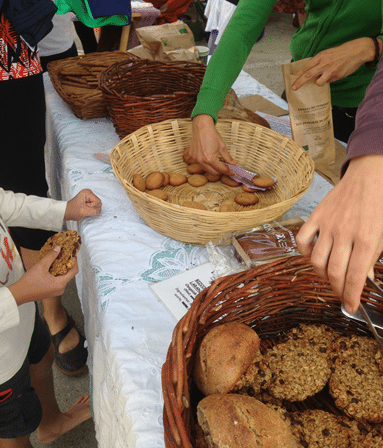
Arterra Bizimodu as a community is embedded and related to the broader environment in which is located. Producers and entrepreneurs from the surroundings of Arterra Bizimodu were therefore invited to the ‘marketplace’, organized as part of the conference, to present and sell their local produce and handcrafts.
I understood the focus of the conference to lie on the inner and social work that is understood as the foundations of communities. As Jonathan Dawson – former president of GEN International and current general secretariat GEN Europe- mentioned: rebuilding the fabric of community is the basis from which the rest will follow. This experience from creating and living in ecovillages complements an historical analysis that can be understood as the basic understanding (or assumption?) underlying the ecovillage narrative. This historic analysis shows that the natural ways for human beings to be and live is in tribes or communities and in cooperation rather than competition. This tribal societal structure is in stark contrast to our current individualistic and patriarchal societal structure. Taking humans out of these tribal or community foundations based upon cooperation has, according to Steve Taylor, senior lecturer in Psychology, opened the door to a human history dominated by endless wars [1].
This line of thinking reasons that we come from 5000 years of individualism, patriarchies and war and we therefore need to go through a deep process of reconditioning in order to be able to live in communities again. Getting a harmonious social foundation in place thus seems to need a lot of inner work and social work, including practicing conscious communication, building trust, diving deep into the nature of relationships and questioning our current societal organization based on individuality, nuclear families and one on one love relationships. This was clearly reflected in the nature of many sessions and workshops at the GEN conference. As mentioned by one participant of the conference: ‘it sometimes feels like therapy’.
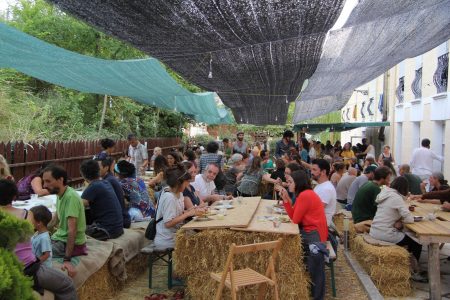
Although I personally quite like therapy and actually felt calm and replenished after a week of GEN conference, in my research mind the question does arise if this deep inner, social and spiritual work is really needed to create functioning communities. Can communities also function when organized around a particular material assemblage like sustainable housing or producing food together in a sustainable way? Are opportunities to include a larger group of people in the movement missed out by focusing too strongly on the spiritual, inner and social dimension thereby in some cases scaring people away?
We should keep in mind here that only one out of ten communities survives the first three years, the other nine fall apart as a result of social problems within the community [2]. Coming from our current society, most of us will probably try to safeguard their privacy and individuality when coming together in a group, consciously or unconsciously.
Can people live together in a nice and cooperative way structured around some materiality or will social friction eventually lead to collapse? Is it really so that “only tribes will survive”, in the words of Vine Deloria Jr., a native American spiritual teacher?
Some food for thought – and research!
[1] S.Taylor (2005). The Fall: The Insanity of the Ego in Human History and the Dawning of A New Era. O-Books, UK
[2] Diane Leafe Christian in K.A. Joubert & R. Alfred (2014) ‘Beyond You and Me – Inspirations and Wisdom for Building Community’. Gaia Education
